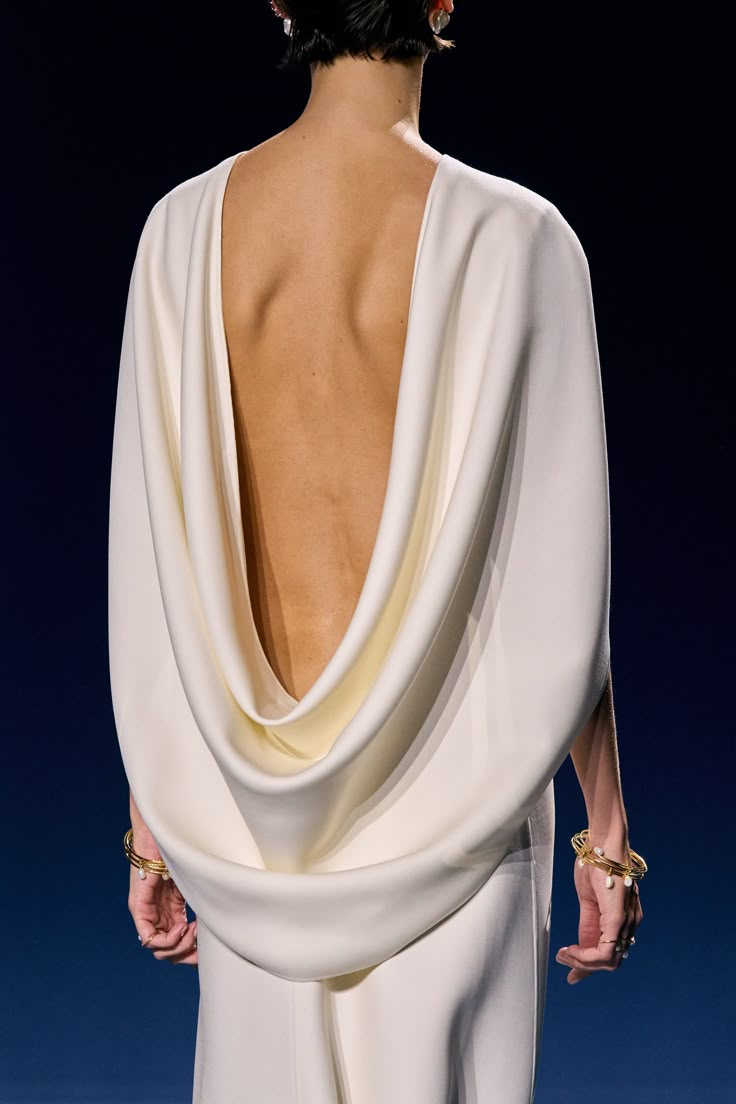Fashion
From Patou to Schiaparelli: For over a century, the backless dress has been a wardrobe disruptor.
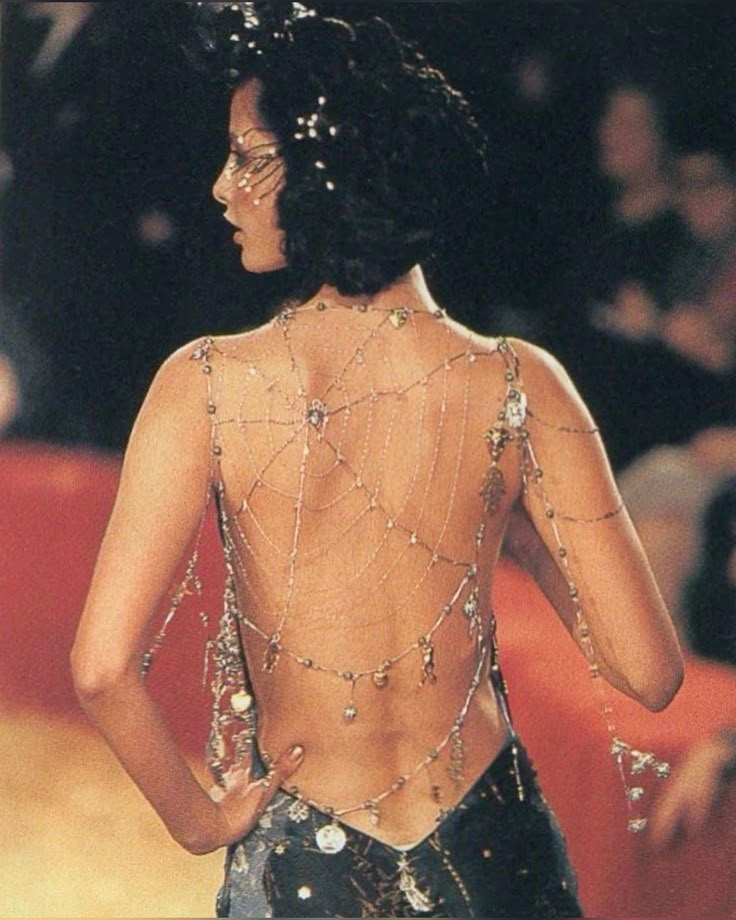
It’s Day 01 of Couture Week in Paris, otherwise known as Schiaparelli Day, and the fashion world waits to see what Daniel Roseberry will deliver. His collection, titled Back to the Future, looks to Elsa Schiaparelli’s pre-WWII Paris, referencing her 1938 Zodiac collection. Her signature embroidered jackets appear alongside contrasting black-and-white looks with flashes of vibrant red and trompe l’oeil flourishes, ending with a final nod to her iconic Apollo cape.
A scarlet dress with sculpted breasts on the back and a beating, rhinestone heart goes viral. But one dress sticks with us: liquid black satin with sheer panels embroidered in glossy, claw-like black jewels that seem to drip down the body. As the model turns, the back is nearly bare, held only by delicate black straps, oversized rhinestone clasps, and a silver, rhinestone-encrusted whale tail thong.
It’s the look of the show.
Which got us thinking: when did the backless dress first turn heads?
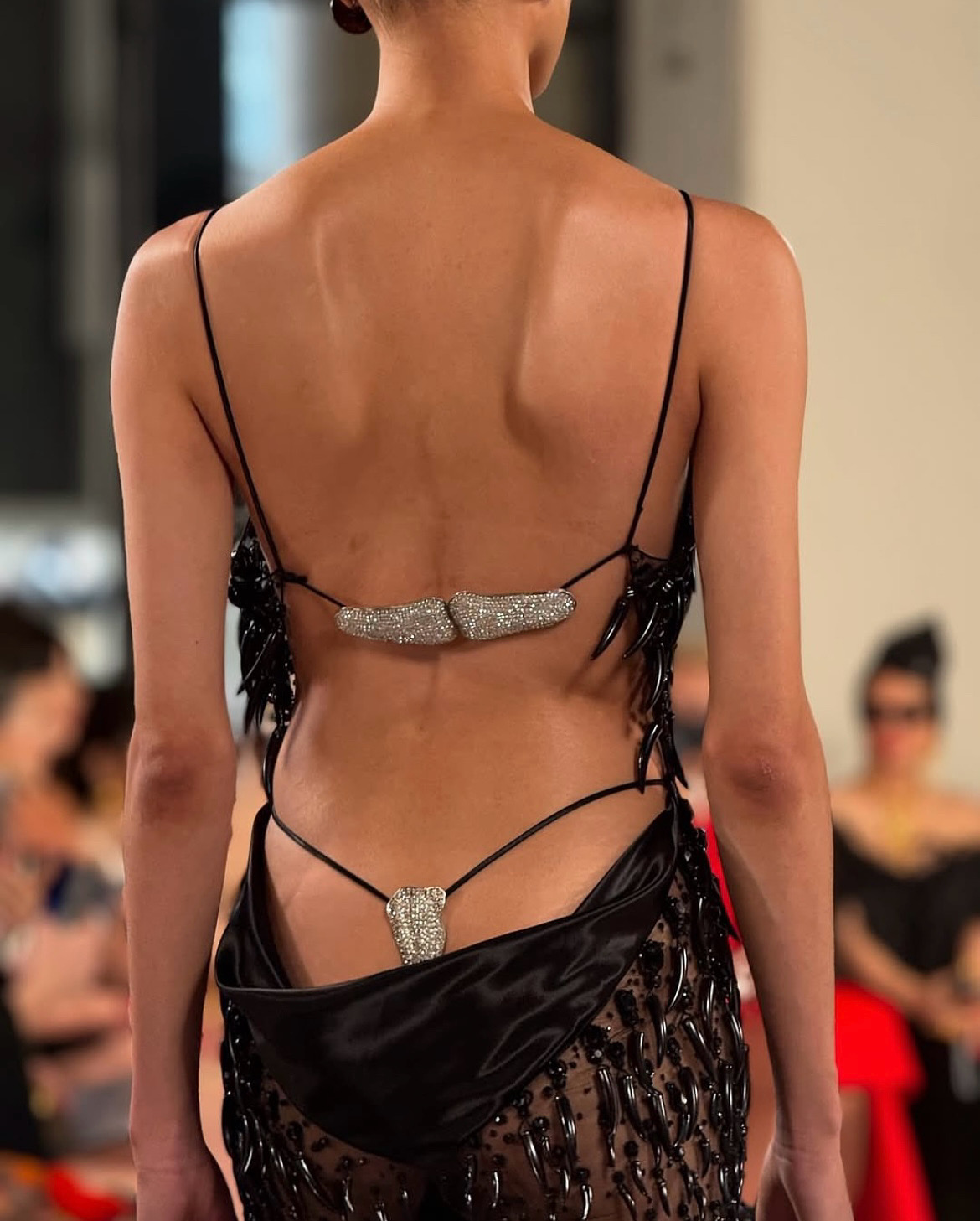
When we think of 1920s style, the backless dress isn’t the first thing that comes to mind. Yet it made its bold entrance during this era of rebellion. Corsets were coming off, hemlines were rising, and skin, particularly on the back, was suddenly in magazines. French couturier Jean Patou is often credited with pioneering the silhouette, designing resortwear that reflected a new, liberated lifestyle.
The backless look took on even more significance in the 1930s, when suntanned skin became a fashion statement in itself. Gone were the parasols; an even, sun-kissed back became the ultimate symbol of leisure, luxury, and modern femininity.
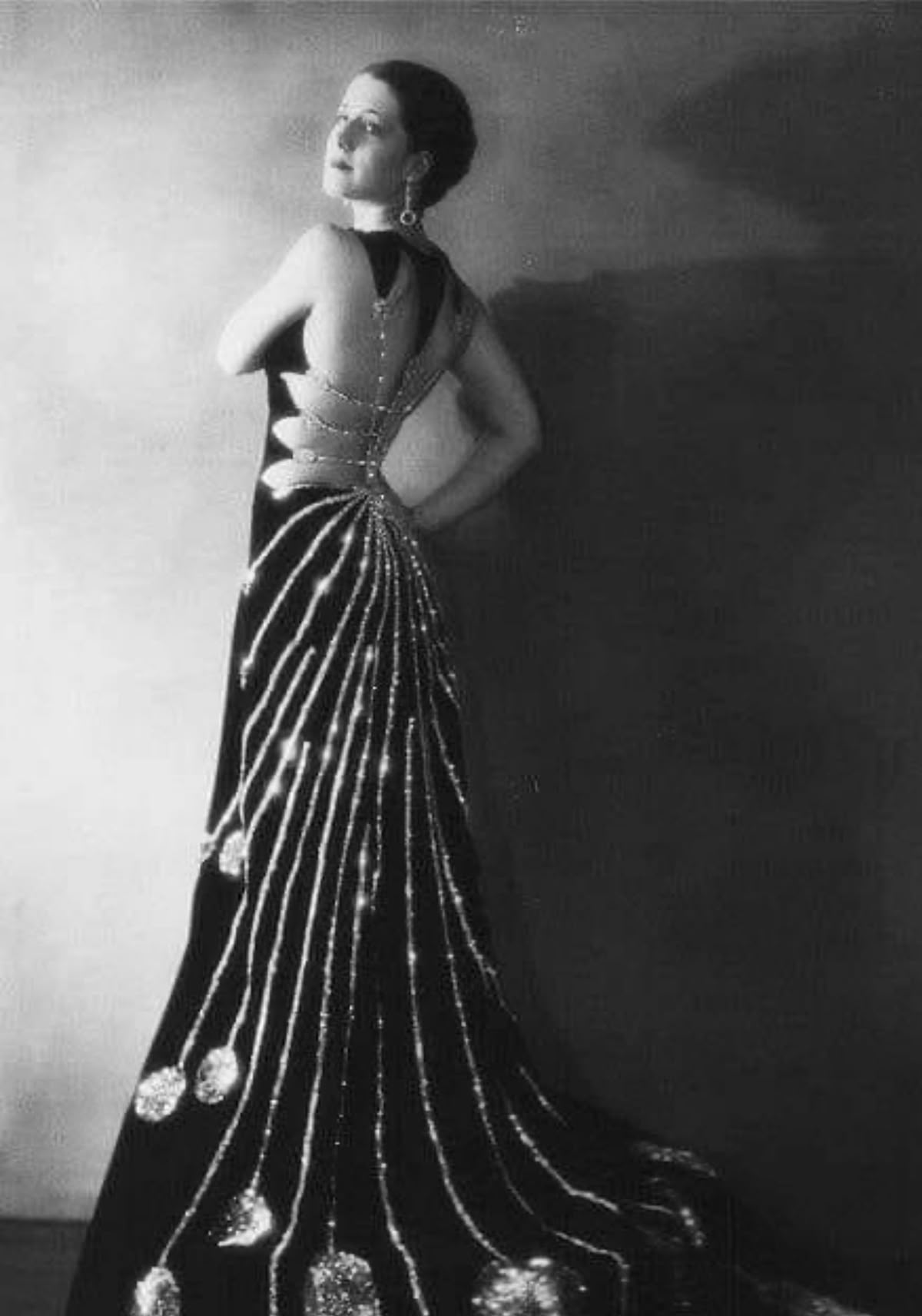
At the same time, Hollywood helped cement the backless gown as a symbol of glamour. Stars like Jean Harlow, Carole Lombard, and Rita Hayworth floated down grand staircases in backless bias-cut dresses, while designers like Madeleine Vionnet and Gilbert Adrian perfected the silhouette that framed the era’s new obsession with smooth, bronzed skin.
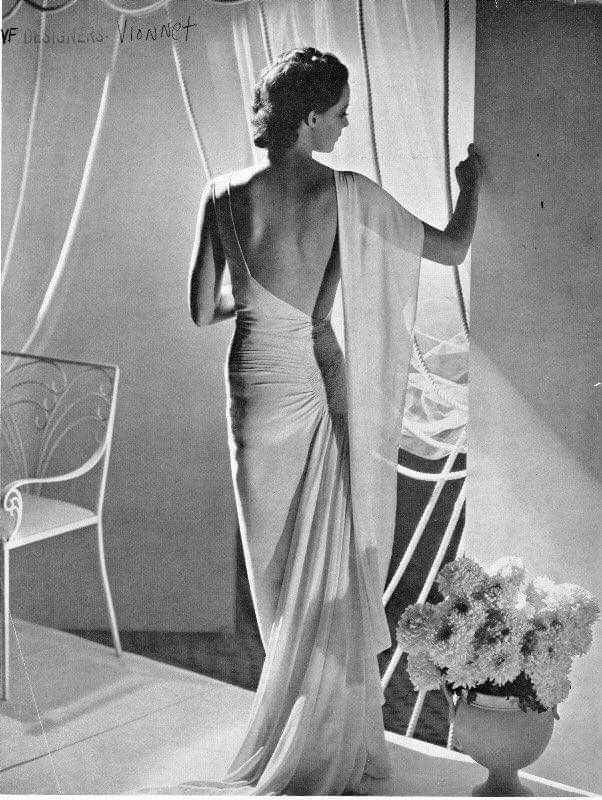
In an era constrained by the Hays Code’s moral guidelines, baring the back became a clever form of resistance making the backless dress a cinematic archetype: glamorous, feminine, and just a little dangerous.
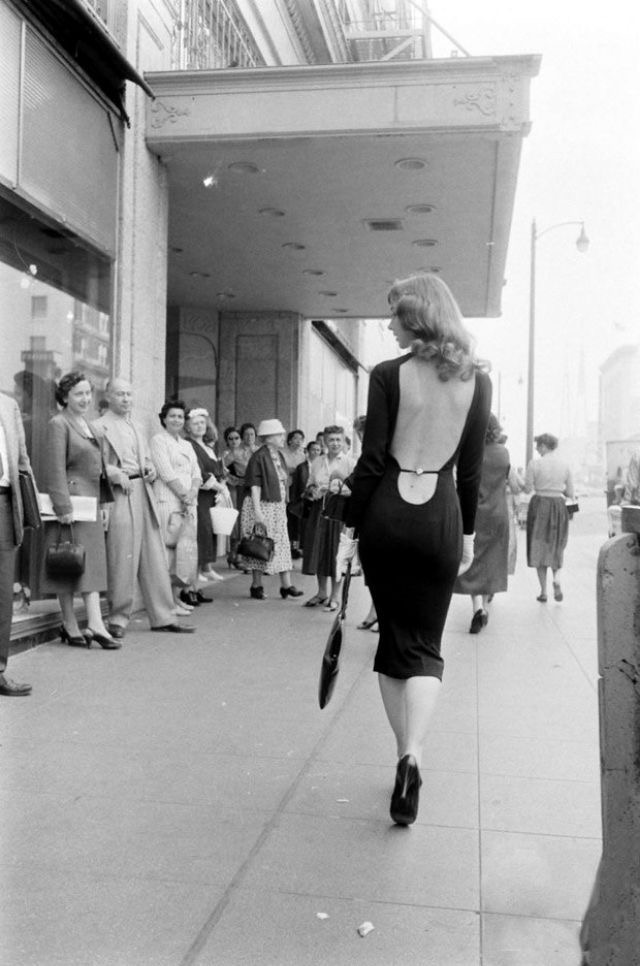
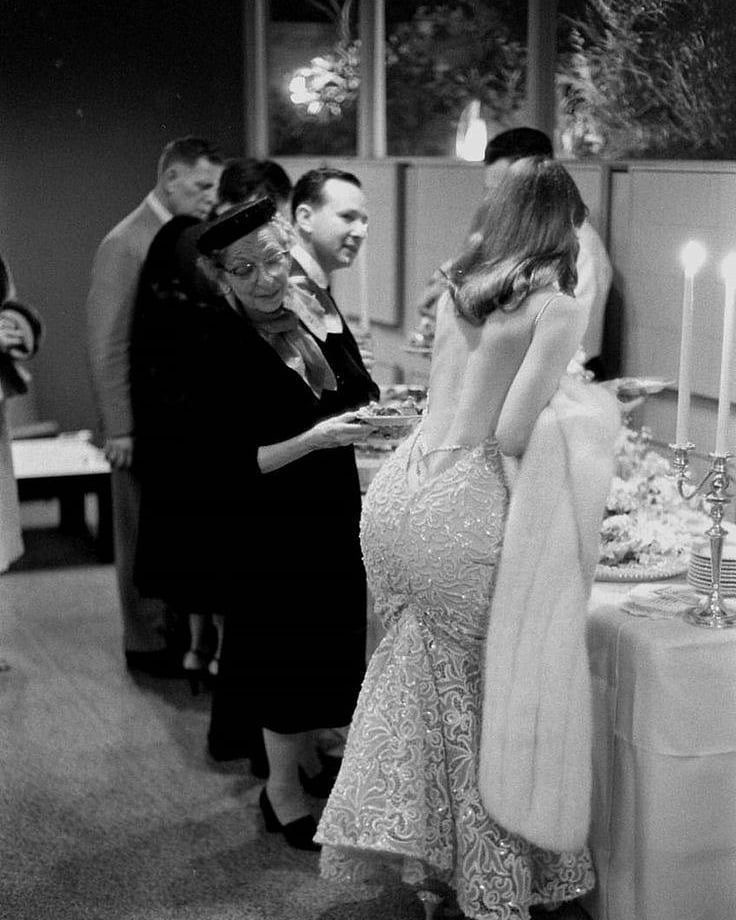
By the 1960s, youth culture and sexual liberation had reshaped fashion once again. Radical designers like Rudi Gernreich pushed boundaries with designs that celebrated the female form and encouraged sexual freedom. Best known for his topless monokini, Gernreich also embraced daring cutouts and plunging silhouettes that redefined how, and where, skin could be shown.
One iconic example came in 1968, when Donyale Luna appeared in the psychedelic comedy Skidoo, wearing a vivid green Gernreich-designed jumpsuit with a dramatically scooped back that veered into uncharted territory, exposing what we now call “butt cleavage.” It was a cheeky, bold moment that predated the visible thong trend by decades.
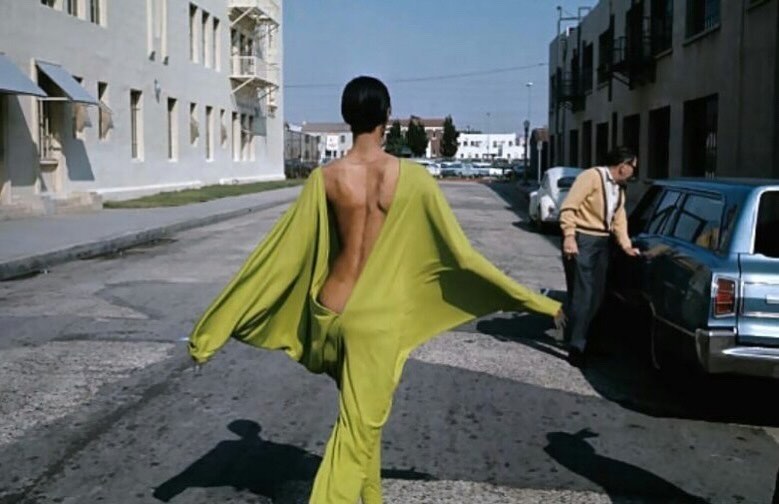
This evolution continued in the 1970s and ’80s with futurist André Courrèges and Thierry Mugler, whose sculptural, high-drama corseted gowns exposed the back and exaggerated the hourglass form.
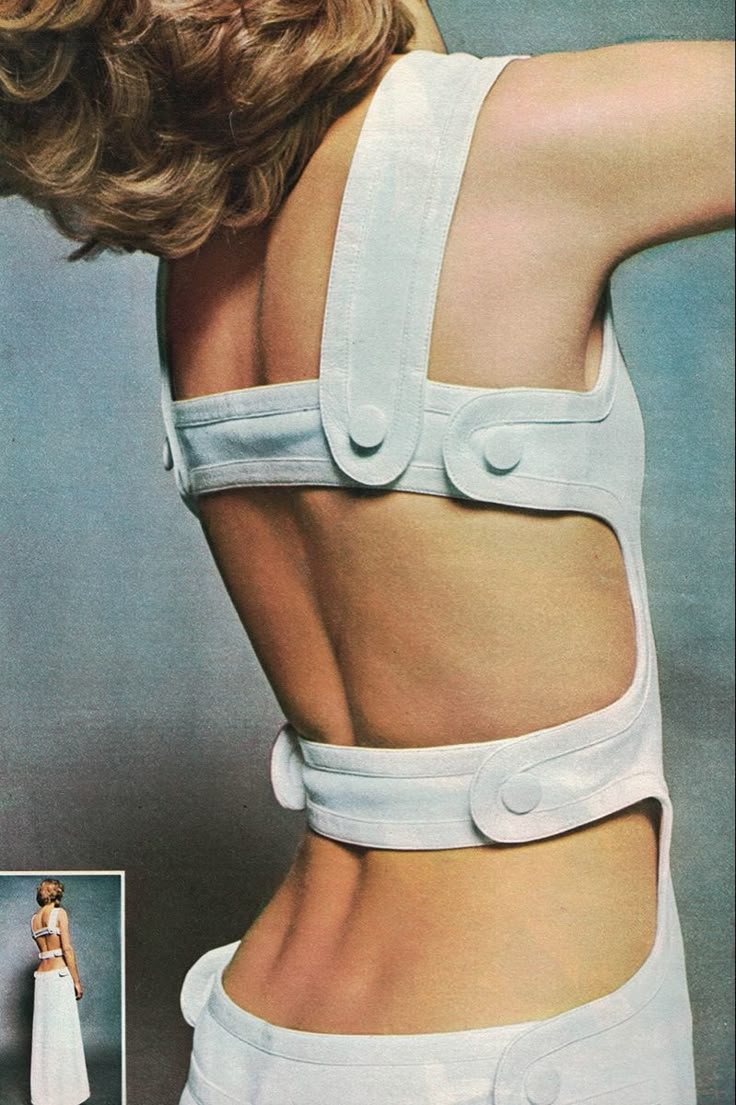
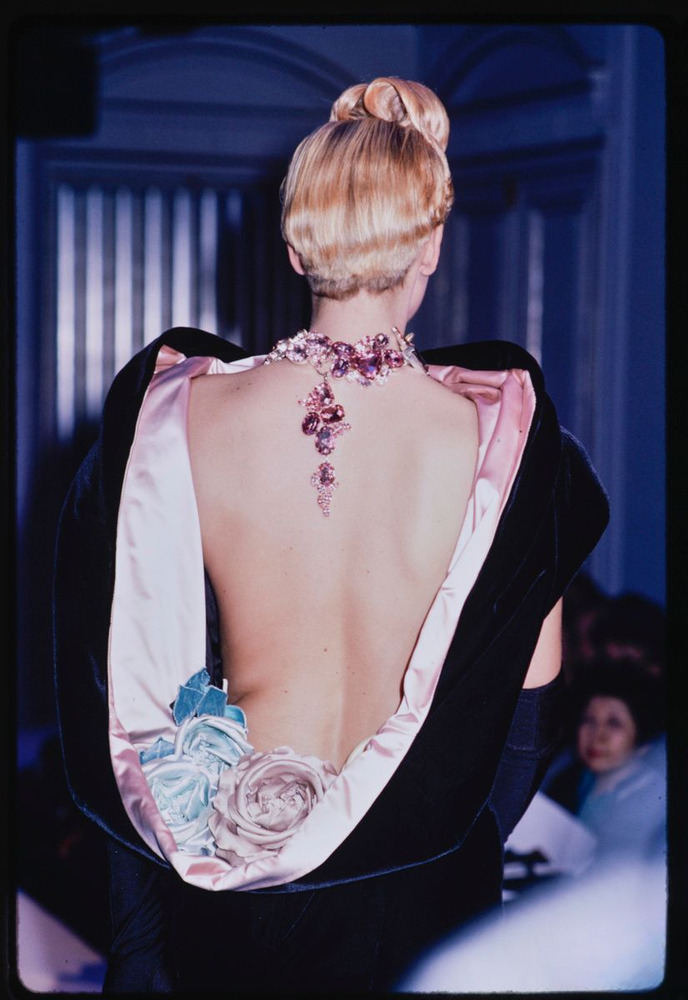
Alexander McQueen’s collections in the ’90s and ’00s frequently explored the backless silhouette. Even his infamous bumster trousers, introduced in his 1993 debut, reflected this ongoing fascination with the back, challenging conventions by lowering the eye line and reshaping how the body was framed from behind.
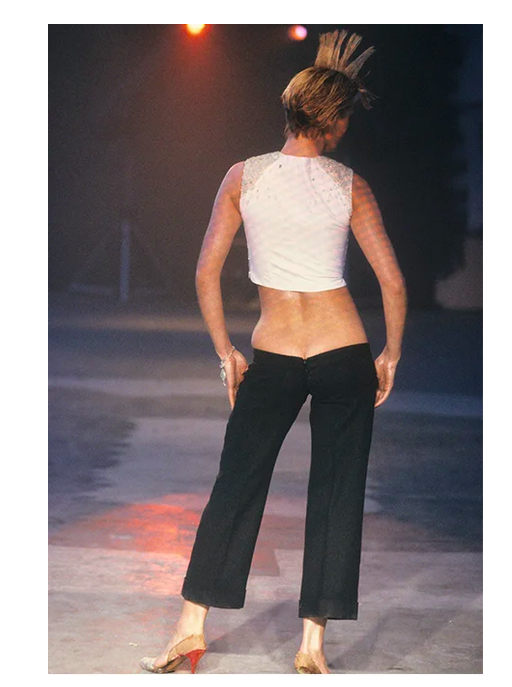
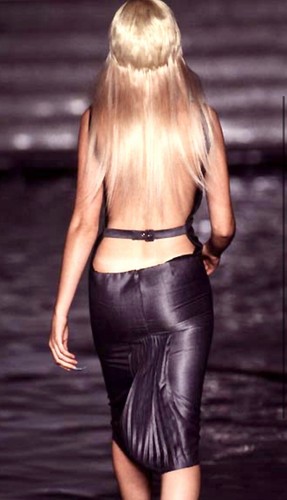
Tom Ford’s Gucci in the late ’90s carried that tension into a new era, and by the decade’s end, the backless dress returned with a new kind of energy.
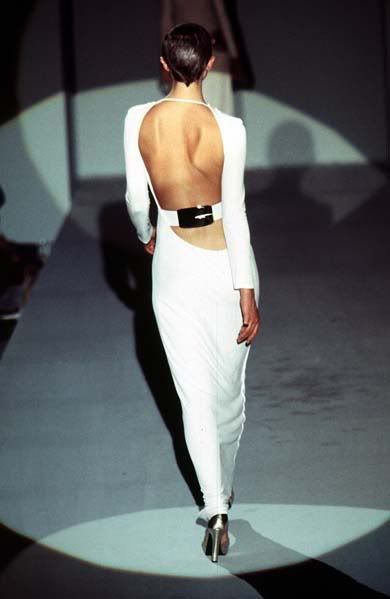
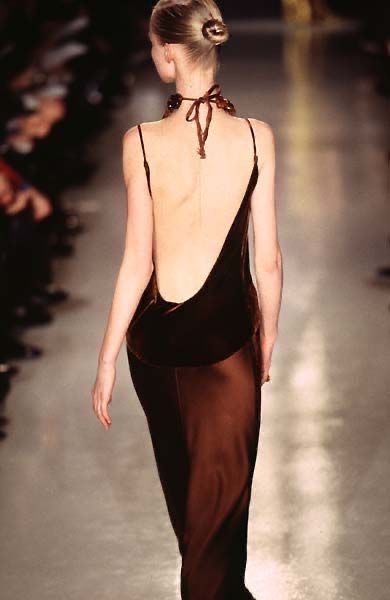
One of the most unforgettable moments came in 1996, when Princess Diana made her first, and only, appearance at the Met Gala. She arrived in a midnight-blue silk slip dress by John Galliano for Dior, trimmed in black lace, scooped low in the back. Legend has it that, in a quiet act of post-divorce freedom, Diana removed the dress’s built-in corset herself, entirely unbeknownst to Galliano. She completed the look with her signature sapphire and pearl choker, which was originally a brooch gifted by the Queen, matching sapphire and diamond earrings, and a quilted midnight blue satin mini Lady Dior handbag.
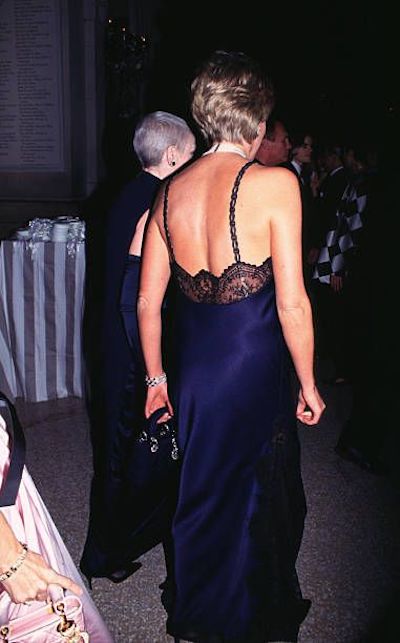
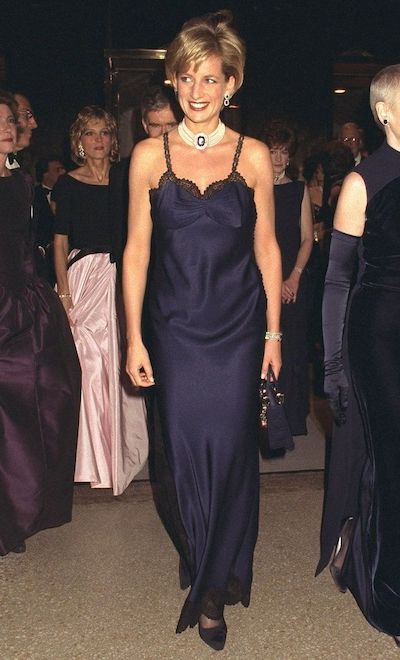
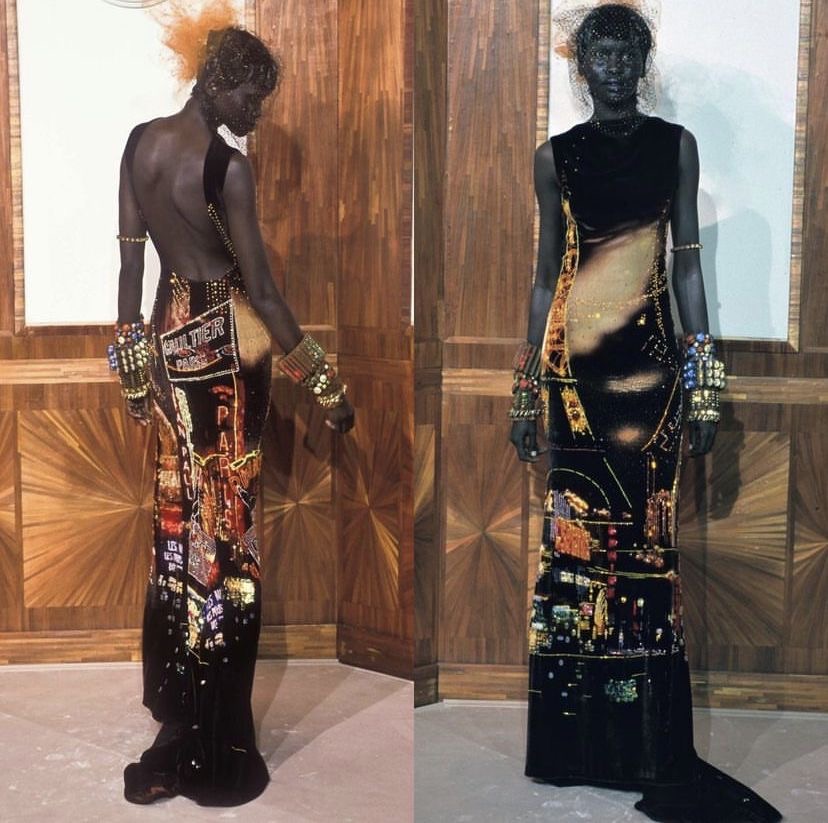
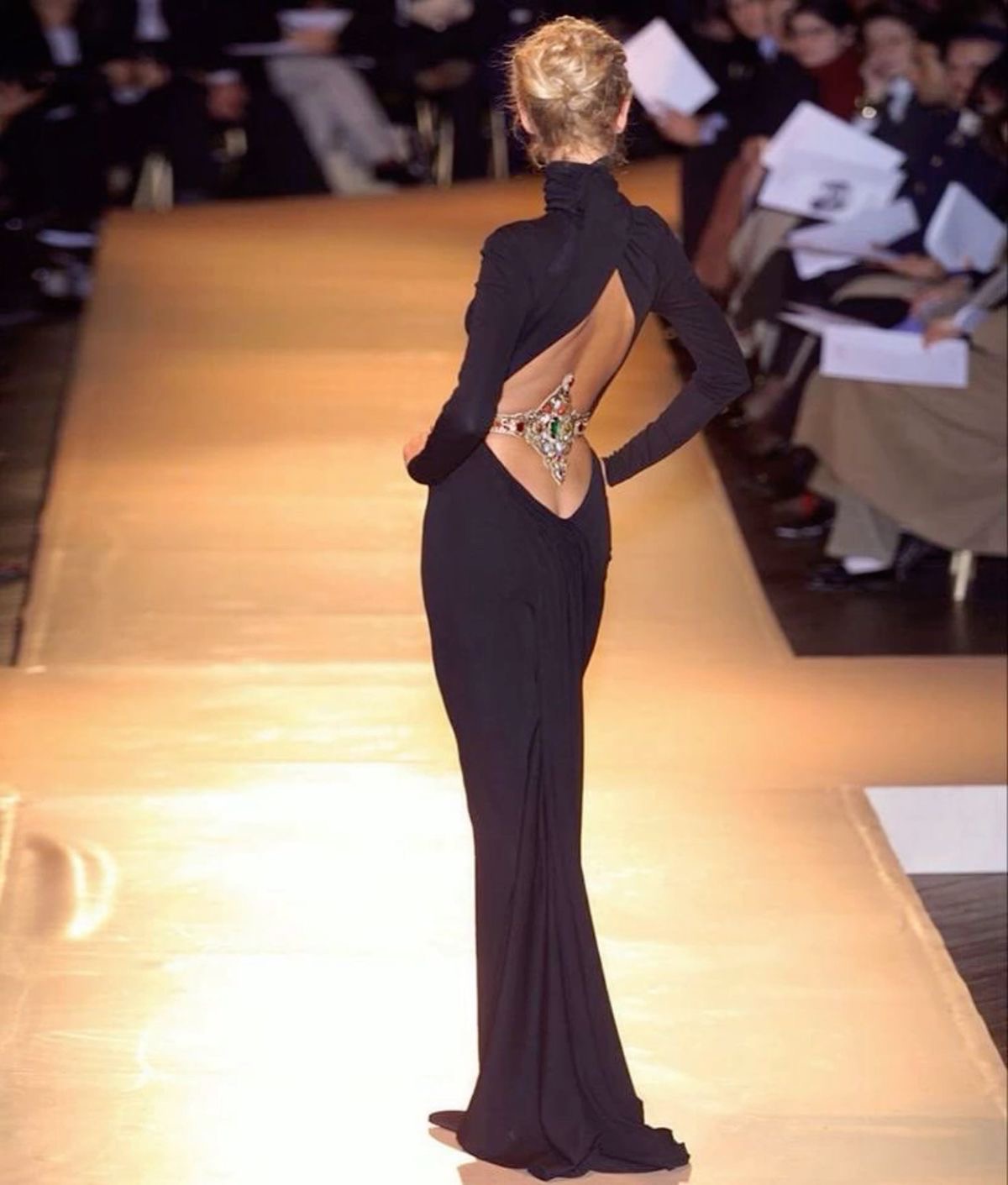
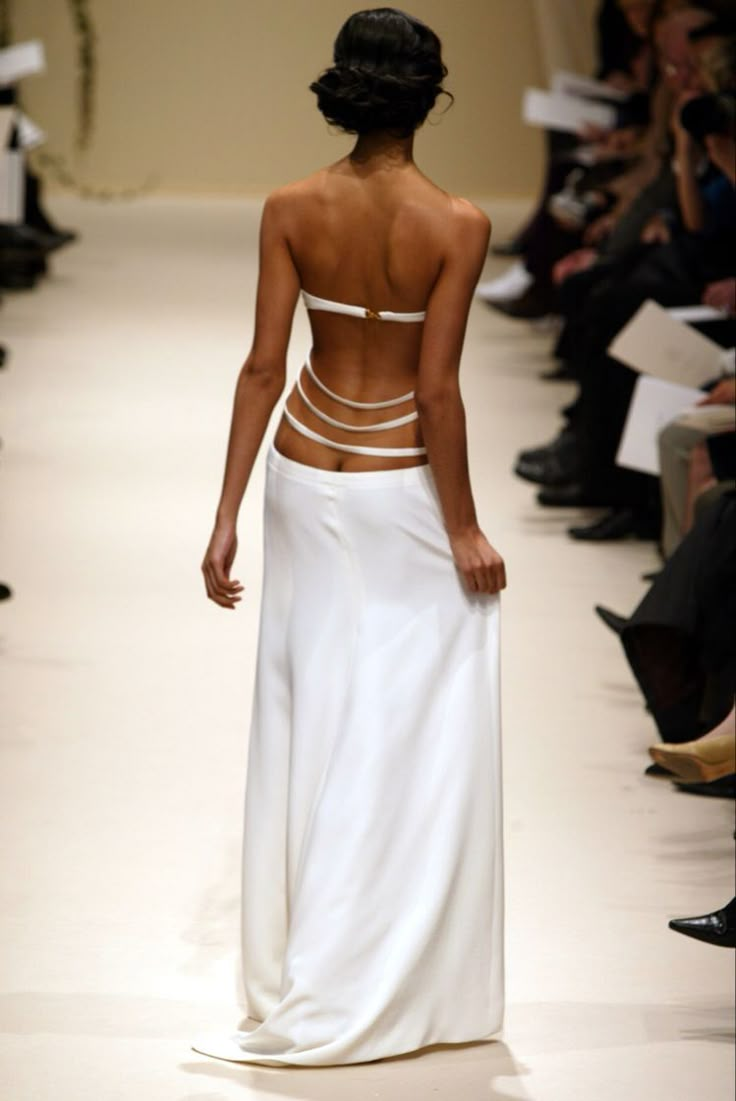
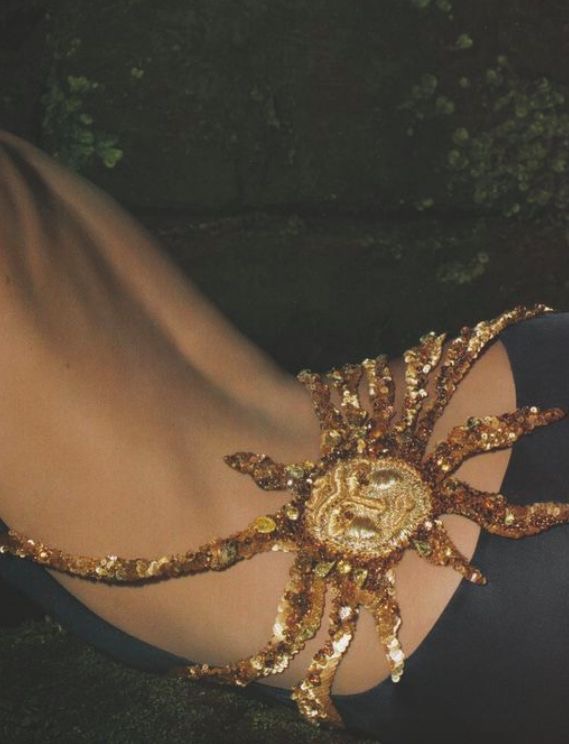
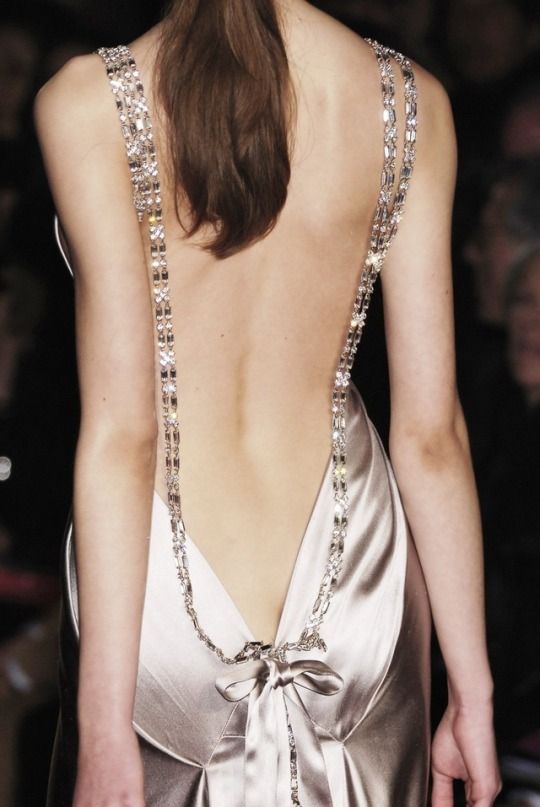
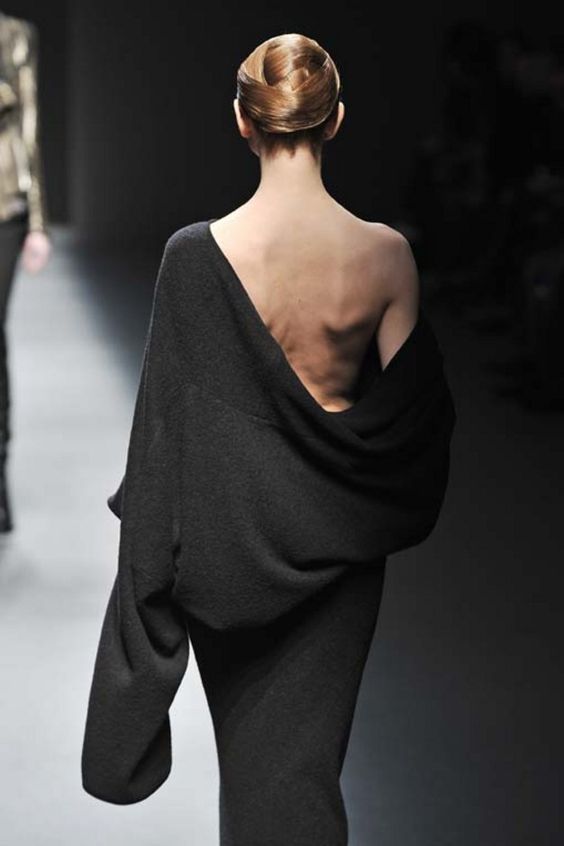
The backless dress remains a modern staple, continuing to dominate the wardrobe with its effortless allure. Schiaparelli’s mesmorizing gown from Look 20 feels like its natural heir—unapologetically opulent, impeccably constructed, and impossible to ignore.
